Disclosure: This article contains affiliate links. We may earn a commission from purchases at no extra cost to you, which helps our travel content.
The light in southwestern Uganda has a quality I've never encountered elsewhere – golden and rich, yet somehow soft against the rolling emerald hills of Mbarara. After documenting monasteries across three continents, I found myself drawn to this lesser-traveled corner of East Africa, camera in hand and curiosity piqued. What began as a brief stopover on my way to Rwanda's gorilla highlands transformed into one of the most visually rewarding weeks of my twenty years behind the lens.
Navigating Mbarara's Cultural Landscape
Mbarara sits at the crossroads of Uganda's cultural and natural wealth, serving as both gateway to the national parks and stronghold of the ancient Ankole Kingdom. The town itself presents a fascinating visual paradox – bustling modern commerce alongside traditional cattle-keeping practices that have remained largely unchanged for centuries.
My first morning, I rose before dawn to capture the milk vendors bringing their wares to the central market. The combination of early mist, the gentle lowing of the iconic long-horned Ankole cattle, and the warm smiles of herders created images with soul and context. I found my camera rain cover essential during the brief but intense morning showers that swept through without warning.
For those seeking authentic cultural exchanges, I recommend visiting the Igongo Cultural Centre just 12km outside town on the Mbarara-Kampala road. The museum houses a remarkable collection of traditional implements, royal regalia, and historical photographs. The center's director, a passionate historian named Mugisha, generously spent an afternoon explaining the symbolic significance behind various artifacts – knowledge that transformed my subsequent photographs from mere documentation to visual storytelling.
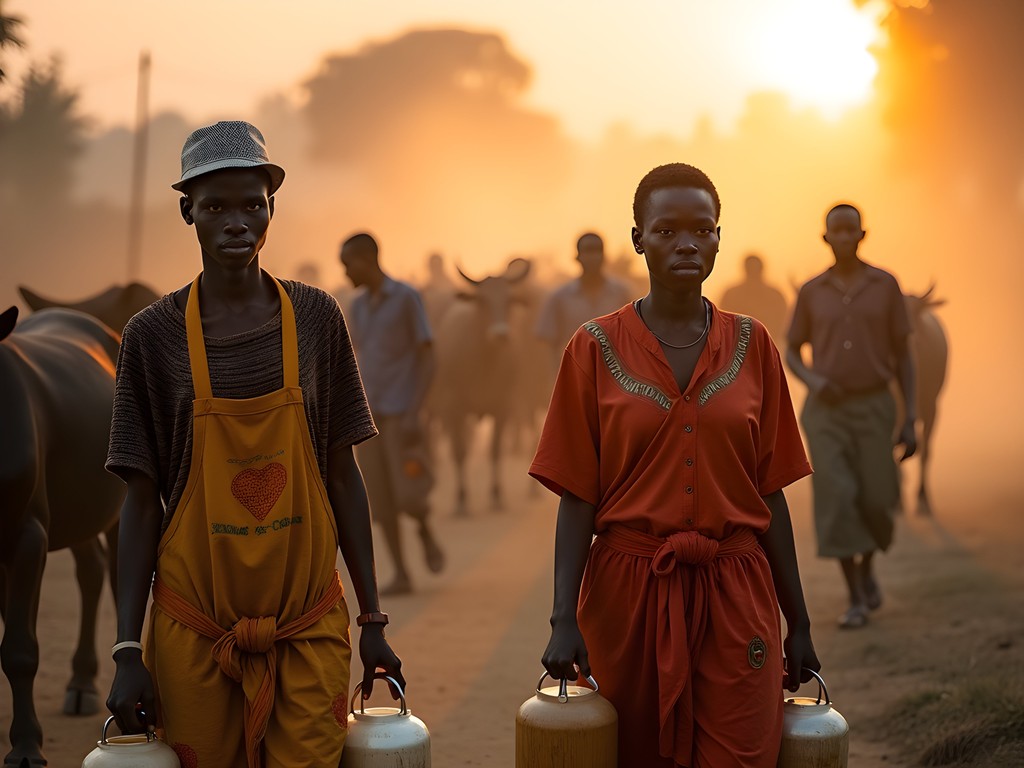
💡 Pro Tips
- Visit the central market between 6:30-8:00am to capture the best morning light and most authentic interactions
- Always ask permission before photographing individuals, offering a small print in return creates goodwill
- The Ankole cattle herders are generally proud of their animals and willing to pose if approached respectfully
The Sacred Landscapes of Biharwe
Just east of Mbarara lies Biharwe Hill, site of a pivotal historical battle and offering panoramic views that showcase why southwestern Uganda is called 'the land of milk and honey.' I arrived midafternoon, when the light begins its dramatic shift toward evening gold, transforming the patchwork of small farms and eucalyptus groves into a living tapestry.
The hilltop shrine requires a moderate 40-minute hike that rewards photographers with 360-degree vistas. I found my trekking poles invaluable on the sometimes slippery trail, especially after rain. The effort is undoubtedly worth it – from this vantage point, you can compose shots that capture both the physical and spiritual dimensions of the landscape.
Local guides are available through the small visitor center and provide invaluable context about the historical significance of specific viewpoints. My guide, Joseph, knew precisely when certain valleys would fall into dramatic shadow while others remained illuminated – the kind of insider knowledge that elevates landscape photography from pretty to profound.
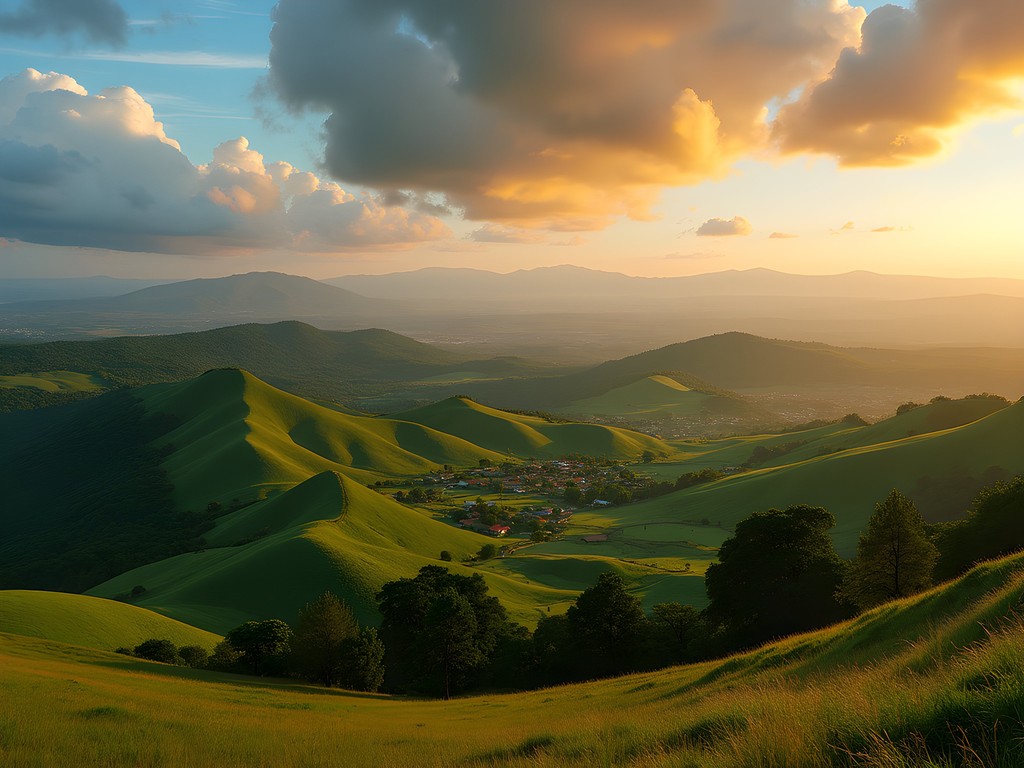
💡 Pro Tips
- Schedule your visit for late afternoon (around 4pm) when the light creates dramatic shadows across the valleys
- Bring a polarizing filter to manage the intense contrast between sky and landscape
- A local guide costs approximately 15,000 UGX ($4 USD) and is worth every shilling for their knowledge of optimal viewpoints
Portraits and Stories at Lake Mburo
An hour east of Mbarara lies Lake Mburo National Park, Uganda's smallest savanna reserve and a photographer's paradise. While many visitors rush through en route to larger parks, I dedicated two full days here and discovered a microcosm of East African beauty without the crowds.
The lake itself supports a remarkable array of birdlife, particularly during the early morning hours. I positioned myself near the eastern shore before sunrise, setting up my lightweight hide to capture fish eagles diving for breakfast without disturbing their natural behavior.
Beyond wildlife, the true photographic treasure of Lake Mburo lies in the Bahima cattle keepers who maintain centuries-old relationships with the landscape along the park's boundaries. With proper arrangements through the Uganda Wildlife Authority, I spent an afternoon documenting a family's cattle-dipping ritual – a perfect blend of cultural documentation and environmental portraiture.
The light near sunset takes on an almost surreal quality here, with dust from the cattle enclosures creating natural diffusion that portrait photographers dream about. I found my reflector indispensable for adding gentle fill light to portraits without disturbing the authentic atmosphere.
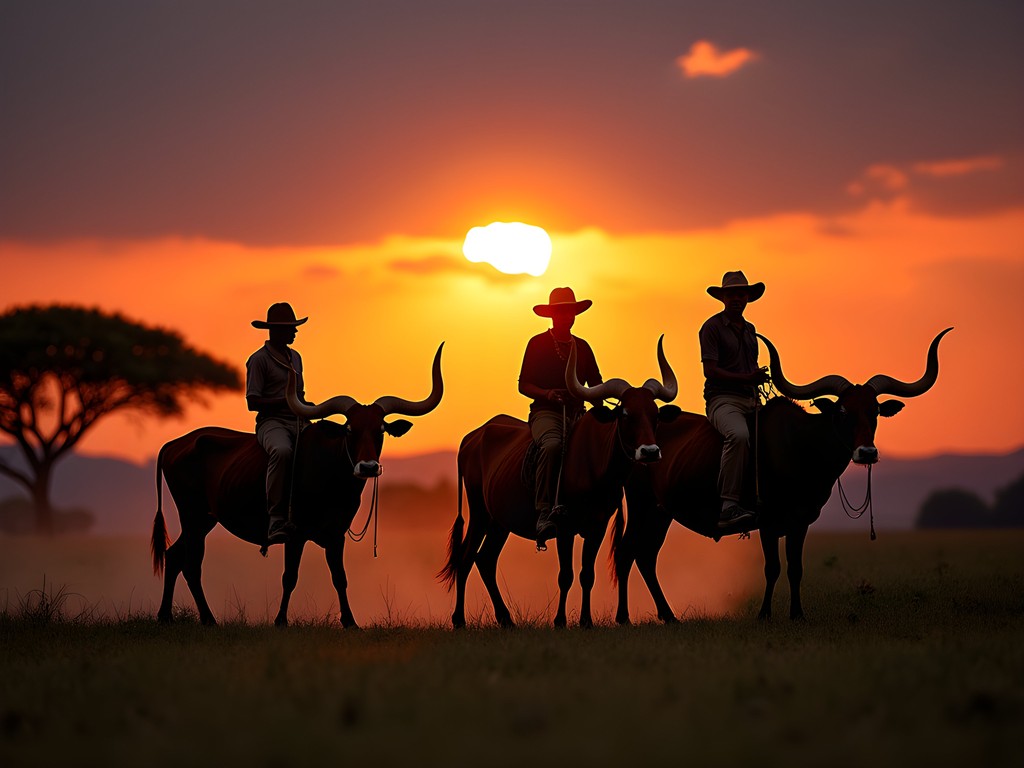
💡 Pro Tips
- Hire a ranger guide (35,000 UGX) who can safely position you for optimal wildlife photography opportunities
- Bring sufficient memory cards – the combination of landscapes, wildlife and cultural photography opportunities will fill them quickly
- Consider renting a small boat for unique perspectives of the lake shore and islands
Technical Challenges: Light and Logistics
Uganda's equatorial position creates unique challenges for photographers accustomed to the gentler light of higher latitudes. In Mbarara, the transition from darkness to full daylight occurs with startling rapidity – you have perhaps 30 minutes of that magical morning light before harsh overhead sun takes hold.
I relied heavily on my light meter to nail exposures during these fleeting golden moments. The contrast between shadow and highlight can easily exceed most camera sensors' dynamic range, particularly when photographing dark-skinned subjects against bright landscapes.
Logistically, power inconsistency proved my greatest challenge. Mbarara experiences frequent outages, sometimes lasting several hours. My solar charger became my most valued possession, ensuring my batteries remained charged regardless of grid conditions. Similarly, I found a portable hard drive essential for backing up images daily – dust is omnipresent during dry season and can wreak havoc on camera sensors and laptop ports.
For those planning to photograph in remote villages, I recommend stocking up on small prints from previous days' shooting. I carried a portable photo printer that allowed me to give immediate gifts to subjects – creating goodwill that opened doors to more intimate photographic opportunities.

💡 Pro Tips
- Set two alarms – one for 30 minutes before sunrise to capture the brief but spectacular dawn light
- Invest in quality sensor cleaning equipment – the red dust gets everywhere during dry season
- Carry a lightweight reflector to soften the harsh midday shadows when photographing people
Final Thoughts
As I packed my gear on my final Mbarara morning, watching thunderheads build over distant hills, I realized this region had fundamentally shifted my approach to travel photography. Beyond the technical challenges and breathtaking landscapes, it was the genuine human connections that elevated my images from mere documentation to something more profound.
Mbarara taught me to slow down, to let photographs emerge organically from authentic experiences rather than hunting frantically for the perfect shot. The cattle keepers, market vendors, and museum curators I encountered weren't just photographic subjects – they became collaborators in visual storytelling, generously sharing their world.
If you're considering Uganda for your next photographic journey, look beyond the gorilla treks and safari circuits. In Mbarara's rolling hills and vibrant markets, in the proud stance of a Bahima herder with his ancestral cattle, you'll find images that speak to both the eye and heart. Just remember to put the camera down occasionally – some moments deserve to be experienced rather than captured.
✨ Key Takeaways
- Mbarara offers unique photographic opportunities blending cultural heritage, stunning landscapes and authentic human connections
- Early morning and late afternoon provide optimal lighting conditions for both landscape and portrait photography
- Respectful engagement with local communities opens doors to more meaningful photographic opportunities
- Technical preparation (backup power, sensor cleaning, etc.) is essential given the environmental challenges
📋 Practical Information
Best Time to Visit
June-August (dry season) or December-February (short dry season)
Budget Estimate
$40-60 USD per day excluding park fees
Recommended Duration
5-7 days
Difficulty Level
Intermediate

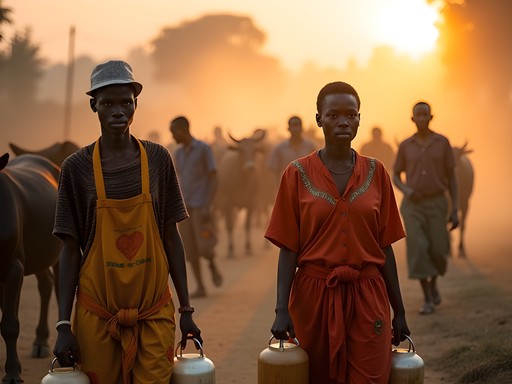
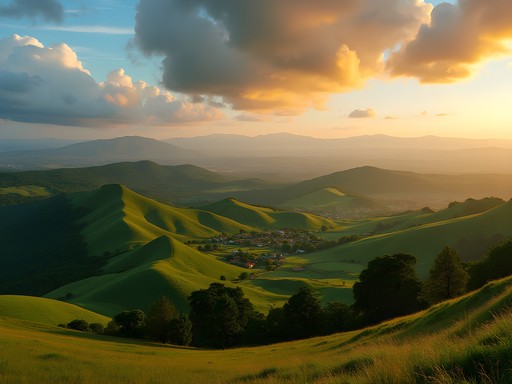
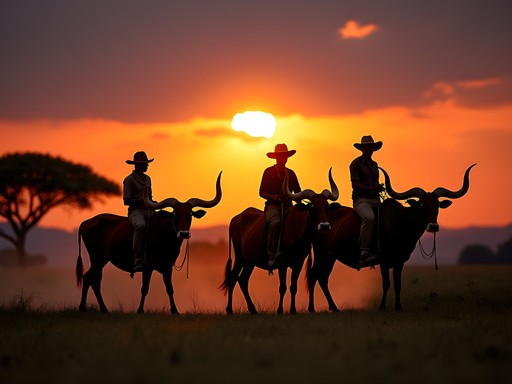
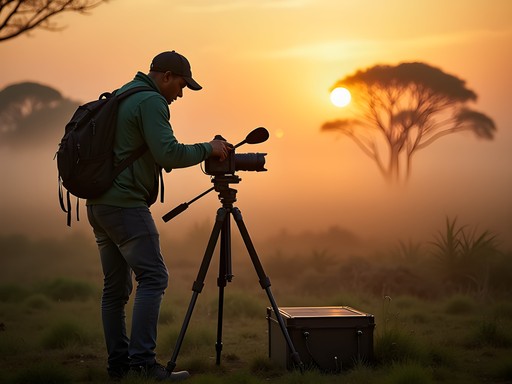


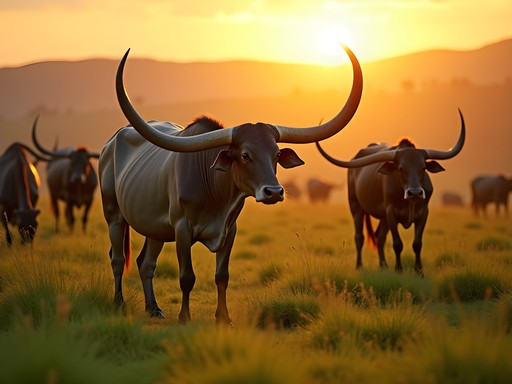
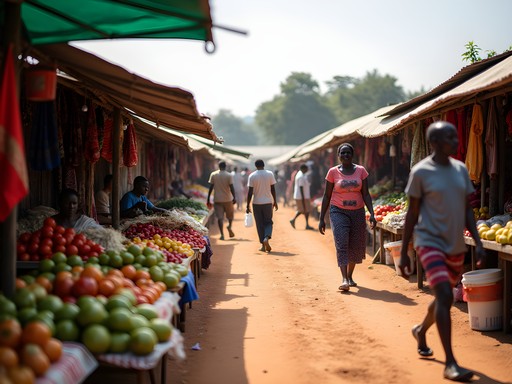






Comments
greenmaster
Adding Mbarara to my bucket list right now! Those thunderhead clouds in your final shot are epic.
Kimberly Murphy
What an absolute gem of a post, Evelyn! Your photography has perfectly captured the soul of Mbarara that so many travelers miss when rushing through to see the gorillas. I spent three weeks in Uganda last year and fell completely in love with the southwestern region. The way you've documented the cultural landscape is spot on - especially those morning mists over the hills! For anyone planning to visit, I highly recommend spending at least 3-4 days in Mbarara rather than treating it as a quick stopover. The connections you can make with locals are incredibly rewarding. Did you have any language barriers during your portrait sessions? I found my basic Runyankole phrases opened so many doors.
Evelyn Rogers
Thanks Kimberly! You're absolutely right about spending more time there. I had a local assistant who helped with translations, but even the few greeting phrases I learned made such a difference in connecting with people. The hospitality was incredible.
wildstar5358
Kimberly - any chance you have those basic Runyankole phrases written down somewhere? I'm heading there in January!
Kimberly Murphy
Sure thing! I'll email you a little phrase sheet I made. 'Agandi' (hello) and 'Webare' (thank you) will get you started and always brought smiles!
wildstar5358
Beautiful work! What camera setup did you use for the portrait series at Lake Mburo? The depth and emotion you captured is incredible.
Evelyn Rogers
Thank you! For the portraits I used a 85mm f/1.4 lens on my full-frame camera. The shallow depth of field really helped isolate the subjects against those gorgeous landscapes.
wavenomad
Just got back from Uganda two weeks ago and your photos brought me right back! The Biharwe section especially resonated with me - that place has such a spiritual energy to it. We hired a local guide who showed us some hidden viewpoints that tourists rarely visit. Did you make it to any of the local markets? The craftsmanship of the basketry there is incredible and makes for amazing detail shots.
Evelyn Rogers
Yes! The Wednesday market was a highlight - those basket weavers are incredible artists. So glad my photos could bring back some memories for you.
Sean James
Evelyn, your work continues to inspire. I was in Mbarara last year for a business conference and managed to squeeze in a day trip to Lake Mburo, but clearly missed the deeper cultural experiences you've documented here. The way you've captured the interplay of light across those landscapes is masterful. I found myself struggling with the midday harshness when shooting - did you primarily work during golden hour, or did you use any particular filters to manage the equatorial light? Planning to return next spring and would love to better prepare.
Evelyn Rogers
Thanks Sean! I mostly shot during golden hour (5:30-7:30am was magical), but also used a polarizing filter during midday. The thunderstorms in the afternoon created some dramatic lighting opportunities too - just be ready to protect your gear when they roll in!
Sean James
Appreciate the tips, Evelyn. Will definitely pack my weather-resistant camera bag for those afternoon storms.
springvibes
These photos are breathtaking! The way you captured the light in Uganda is just magical.
Jean Wells
Having photographed across 47 countries, I find your observations about Mbarara's unique light qualities particularly astute. The interplay between humidity levels and the region's elevation creates that distinctive golden quality you described. I've found similar conditions in parts of Rwanda, but Uganda's southwestern highlands have their own character. For those planning photography trips, consider the seasonal variations - late August through October offers the most dramatic skies as the dry season transitions. The cultural landscape is changing rapidly too, which makes your documentation all the more valuable. Did you notice significant differences between the urban and rural portrait subjects in terms of their comfort with the camera?
Evelyn Rogers
Great observation about the seasonal light, Jean! And yes, I found rural subjects were often more curious and open once initial introductions were made, while urban residents were sometimes more immediately comfortable but also more likely to expect compensation for photos. The most meaningful portraits came after spending time and building trust in both settings.
hikingrider
Your photos are stunning! Did you use any special filters for those landscape shots?
Evelyn Rogers
Thank you! Just a polarizer for the landscapes to cut glare and enhance the clouds. The light there does most of the work!
Frank Carter
Evelyn, your post brought back vivid memories of my time in southwestern Uganda. I remember sitting on the shores of Lake Mburo at dawn, watching fishermen set out in wooden canoes as the mist rose off the water - pure magic for photography. The light there truly has a character all its own. For anyone planning to visit, I'd recommend spending at least 3 days in Mbarara to really capture the changing moods of the landscape. And don't miss the chance to photograph the long-horned Ankole cattle against that stunning backdrop - they're practically a symbol of the region!
travelbackpacker7823
I visited Mbarara last year and was blown away by the cultural richness. The Biharwe area you mentioned is magical - I spent hours just watching the light change over those hills. Did you get a chance to visit any of the local markets? I found them to be incredible for candid photography, though I always asked permission before taking photos of people. Those thunderstorms you mentioned are no joke - I got caught in one and my rain cover saved my camera!
hikingrider
Those thunderstorms are part of the experience though! Some of my best photos came right after the rain when everything looks so fresh.
Venture X
Premium card with 2X miles, $300 travel credit, Priority Pass